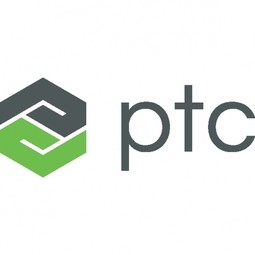*This is an IIC testbed currently in progress.*
LEAD MEMBER
Infosys
SUPPORTING MEMBERS
Bosch, GE, IBM, Intel, KUKA, National Instruments, PTC
MARKET SEGMENT
High Tech, Industrial Manufacturing, Discrete and Process Manufacturing, Automotive, Aerospace, and other segments with high value fixed/moving assets
SOLUTION
Study of an asset - Failure mode analysis prediction using engineering knowledge - Mapping and modelling of the asset accordingly - Development of a platform stack for real-time data collection from the asset and overall system and data analytics
TESTBED INTRODUCTION
Many industries have assets that are critical to their business processes. Availability and efficiency of these assets directly impact service and business. Using predictive analytics, the Asset Efficiency Testbed aims to collect real-time asset information efficiently and accurately and run analytics to make the right decisions in terms of operations, maintenance, overhaul and asset replacement. Infosys, a member of the Industrial Internet Consortium, is leading this project, with contribution from Consortium members Bosch, GE, IBM, Intel, KUKA, National Instruments and PTC.
Asset Efficiency is a vertical testbed, making it possible for the testbed to be applied to multiple solutions. The testbed will launch in two phases. In the first phase, the testbed will be created for a moving solution, in this case, aircraft landing gear. The focus of this phase will be on the creation of stack and the integration of technologies. In the second phase, the testbed will address fixed assets, like chillers, with the goals of finalizing the architecture and opening up the interfaces.
The Asset Efficiency Testbed monitors, controls and optimizes the assets holistically taking into consideration operational, energy, maintenance, service, and information efficiency and enhance their performance utilization. The Asset Efficiency Testbed offers numerous benefits including: Condition Monitoring that helps in determining an optimal maintenance schedule, the reduction in downtime thus improving overall productivity of assets, reduction in capital and operational expenditures, and efficient energy utilization.
Read More




_1.jpg)
---nyse--ge_1.jpg)





